-
Posts
76 -
Joined
-
Last visited
Content Type
Profiles
Forums
Gallery
Events
Posts posted by Apxeos
-
-
Hi Patrick,
It is believed that grating was already used on Mary Rose.
In the second half of the 16th century, this can be said with confidence.
Followed your example and renamed your own theme.
P.S. Perhaps this link will help with the rigging of Golden Hind: https://www.shipmodeling.ru/phpbb/viewtopic.php?f=3&t=73413&start=885
- Ondras71, EricWilliamMarshall, Baker and 1 other
-
 4
4
-
-
-
Thank you to everyone who followed my project for your comments!
I congratulate everyone on Christmas and New Year, I wish you health and well-being in the coming year!
Ron- mtaylor, Baker, Blue Pilot and 1 other
-
 4
4
-
- mtaylor, Archi, Hubac's Historian and 1 other
-
 4
4
-
19 hours ago, Backer said:
Nice work.
Always pleasant to see a 16th century model with the fore mast in front of the fore castle.
Thanks Patrick!
I think manufacturers of KIT models are not in vain avoiding such a solution and I may have problems with rigging the fore mast.
But the fact that many ships of the second half of the 16th century had the fore mast in front of the fore castle is beyond my doubt.- Archi, mtaylor, Hubac's Historian and 2 others
-
 5
5
-
-
- tarbrush, GrandpaPhil, mtaylor and 2 others
-
 5
5
-
-
- Farbror Fartyg, tarbrush, kirill4 and 6 others
-
 9
9
-
-
-
- Edwardkenway, GrandpaPhil, tarbrush and 2 others
-
 5
5
-
On 12/17/2019 at 10:27 AM, Ab Hoving said:
Why is the top rail in the aft part of the ship visually dropping? I doubt if any shipbuilder of the past would accept such a horrible line. And for no obvious reason...
I also do not understand this. It is also very strange that the chainwales are fixed at different heights. I do not see the reason for this decision.
-
On 12/18/2019 at 5:25 AM, Blue Pilot said:
This is a fascinating build log. I really appreciate the research and history you have done and posted as well as watching the ship itself come to life. It is very educational for me.
Thanks! You give me an incentive to continue working.
- mtaylor and Blue Pilot
-
 2
2
-
On 12/17/2019 at 6:59 AM, mtaylor said:
I don't think it's you. You doing a beautiful build and excellent research on something that's not well documented. The items you point out fall into that category of a documentation failure. If we just go back to the late 1700's and even the 1800's much hasn't been documented. Seems only when the industrial age from about 1900 on did the "known things" start getting documented.
mtaylor, thanks! I agree with you.
However, it is strange that they did not take as an example the beautiful image of such a ship, which they use as their emblem. -
-
-
Patrick, thanks for the links!
I was familiar with the early work on San Juan, but about 3 or 4 years ago I missed this topic.
It was very interesting and informative to get acquainted with how things are now.
Particularly impressed with the construction process of the San Juan replica, the team practically does not use electric tools.
Now it will be especially interesting, since they reached the stage of construction of the aft and bow superstructures. They were not preserved on the original, there are no data.
Also, finally, I got a more complete picture of the San Juan model. She raises more questions for me than gives answers. Why were such strange solutions applied? Perhaps some additional data unknown to me were used.
Ron- Baker, tarbrush, GrandpaPhil and 1 other
-
 4
4
-
Hello Ab!
Perhaps it is the height of the interdeck space that is guilty of the fact that we have got the image of pot-bellied and high-broadside Spanish galleons slowly crossing the Atlantic?
Seriously, I think that the great height was offset by the considerable width and depth of the underwater hull.
Each nation made ships for its sailing conditions and used local shipbuilding traditions and materials.
Even at the end of the 17th century, the ships of the Dutch, English, French and Spaniards confidently differ even in silhouette and individual features of the building.
I really like what you make of paper. It turns out a surprisingly accurate form of the hull and a lively image of a real ship. The first time I see such a technology. But for this it’s not enough to have good hands, you still have to be a little artist in your soul.
My experience with paper models was rather negative due to the nature of the material. In addition, I like the process of working with wood and its smell.
Ron -
Hello Ab!
Thank you for your participation. I agree with your comment on top timbers. Their number can easily be increased by one and a half or even twice. I completely missed this moment.
With the height of the decks, not everything is simple, it is a debatable issue. Since the original is presumably a Spanish ship, I focused primarily on the Spanish primary sources. According to them, the standard height of the interdeck space is 3 ½ codos or 3.5 X 0.575 = 2.013 m.García del Palacio, la Instrucción Náutica (p. 1587) & Ordenanzas Carrera de Indias (p. 1607).
The Portuguese primary sources of that time give an even greater height - 9 palmos de goa, which is 2.31 m.Oliveira, Fernando, O Liuro da fabrica das naus (c. 1580).
This is the height of the deck from board to board without regard to the thickness of the beam.
It is clear that this value was not maintained along the entire length of the deck and varied in some places, but in general it was a standard.I did not quite understand the remark about the height of the model.
It was the silhouette of the ship in the figure, that is, its ratio of length to height, was the starting point of the reconstruction.If I made a mistake with the height of the interdeck space, it is enough to simply recalculate the scale of the model.
The height of the model itself does not change.
For example, with a model scale of 1:50, the height of the interdeck space of the original will be 1.7 m, and the length, in turn, will decrease to 20.0 m.
Regarding the project on paper, this is interesting.Such a thought did not occur to me. Did you mean a set of assembly drawings or a monograph?
Ron- Baker, kirill4, Blue Pilot and 1 other
-
 4
4
-
-
-
Hi Steven!
The tenons have only technological value, they allow you to increase the structural strength and correctly position the part.
I try to combine the pleasant and the useful, so from the very beginning I developed a model with the prospect of its release as a KIT ship model.
This imposes certain limitations in the design.I also have to use only a small number of standard materials (mainly plywood and veneer), which are commercially available for KITS.
On the other hand, this allows me to use simple tools for assembly, accessible to any amateur.
Ron



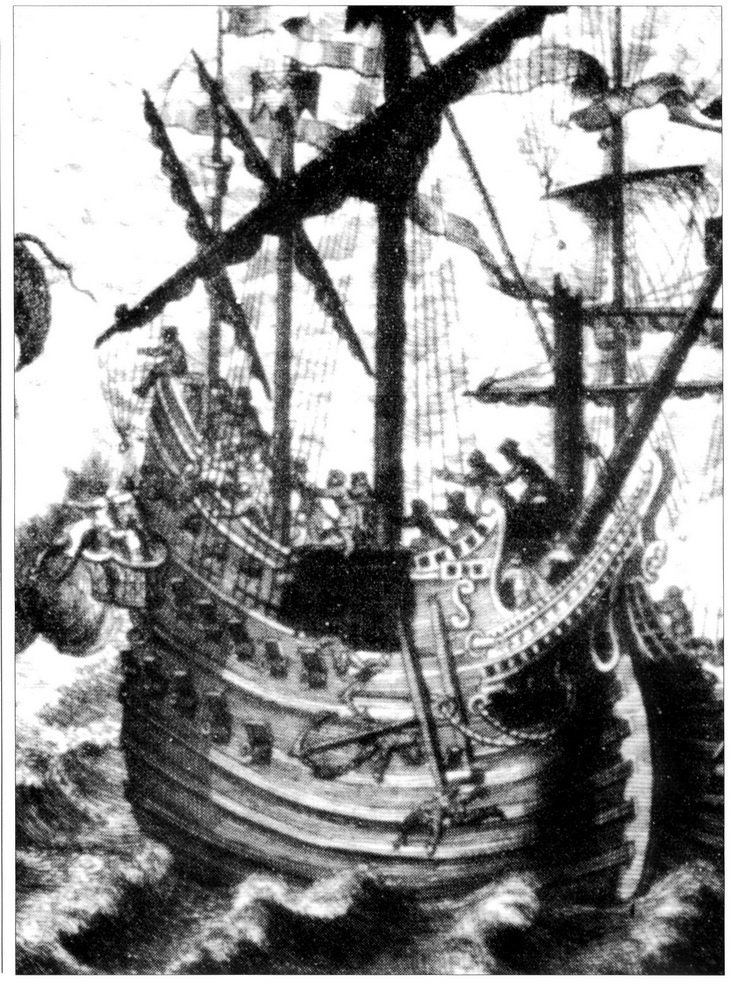
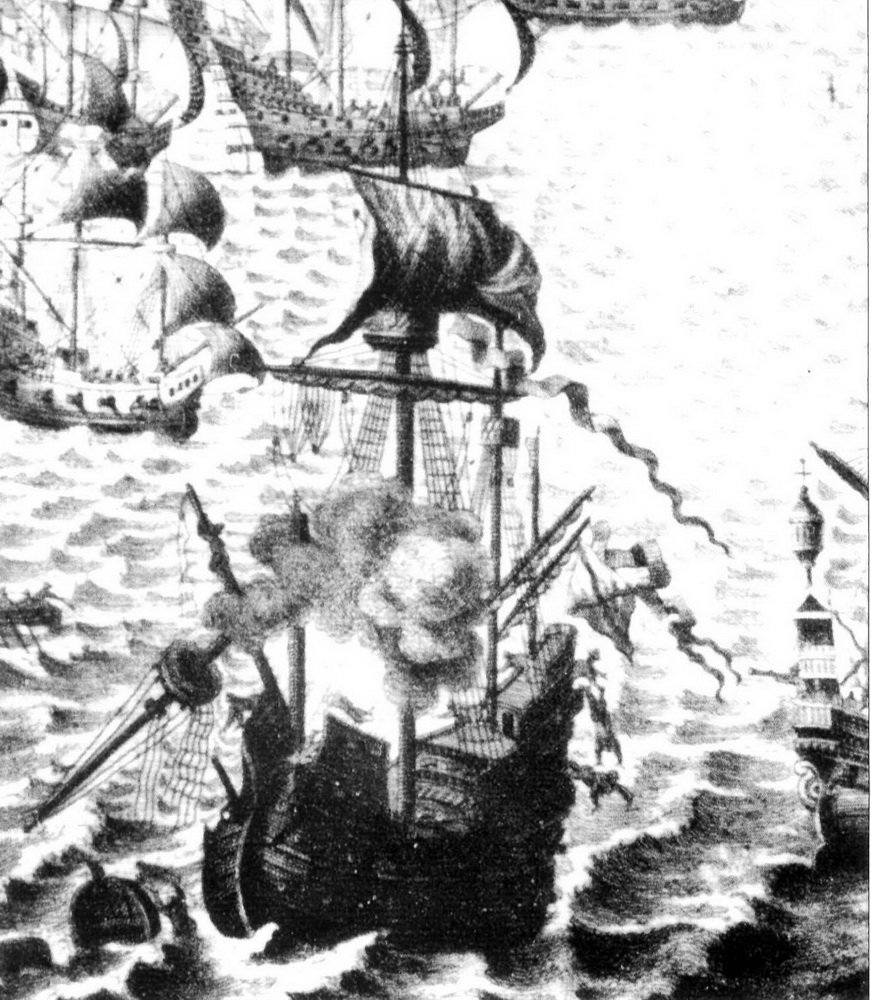
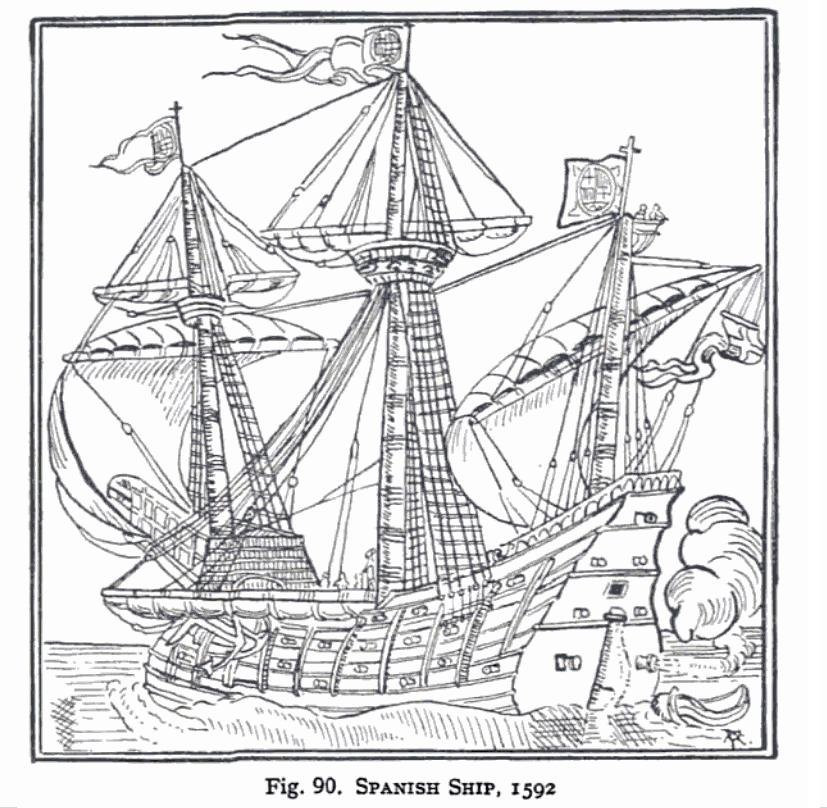
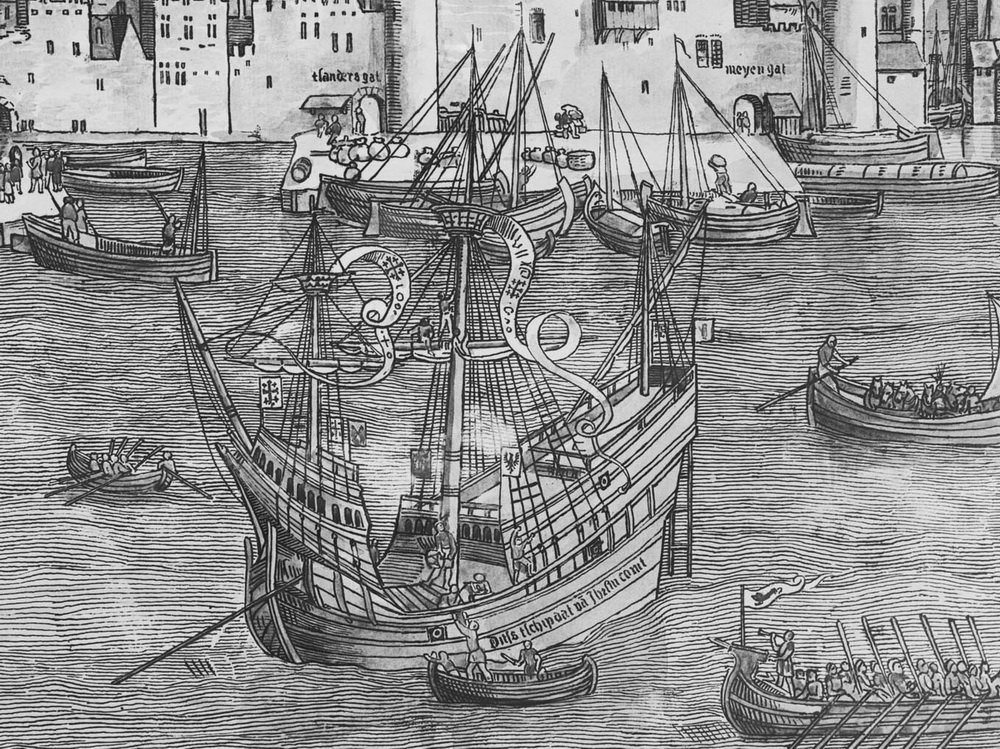
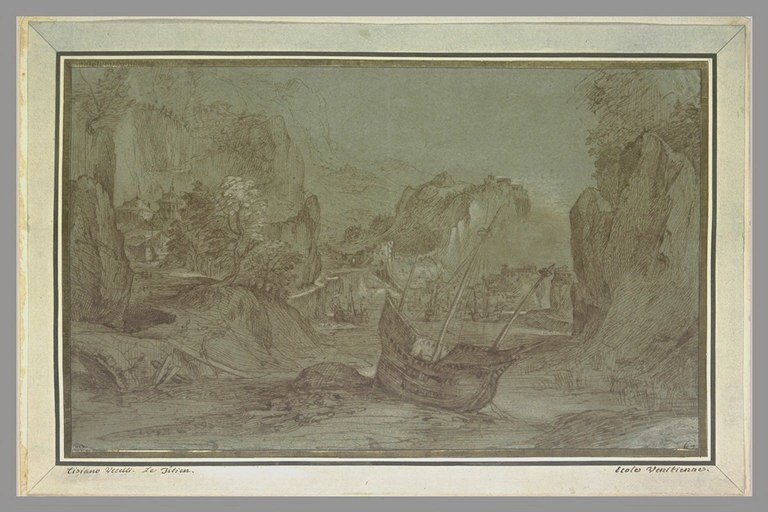
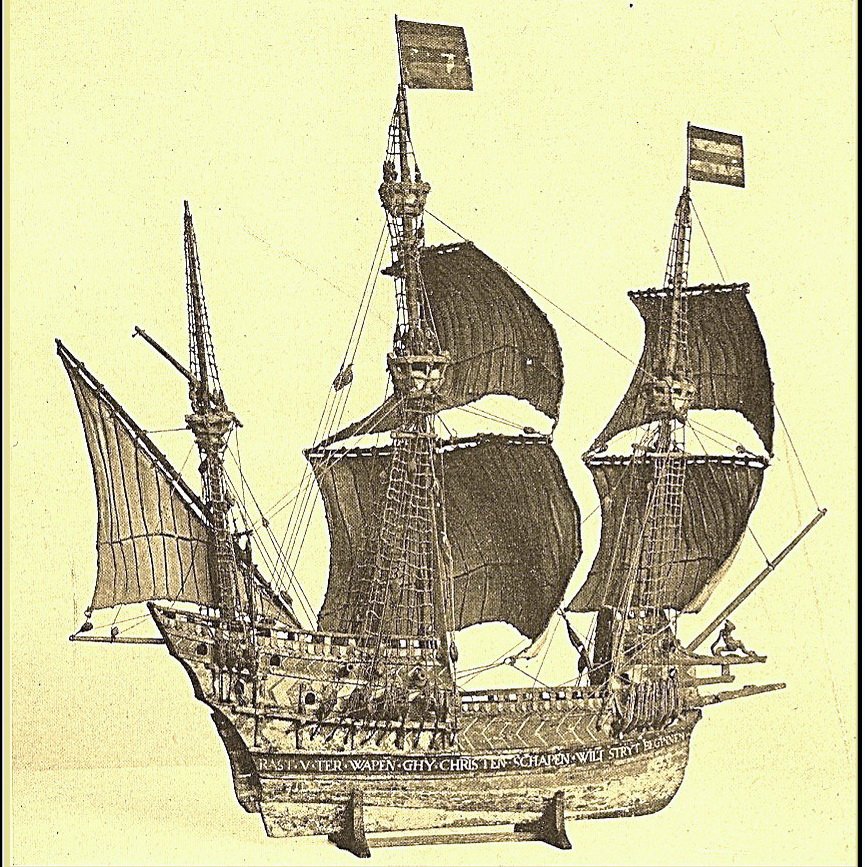
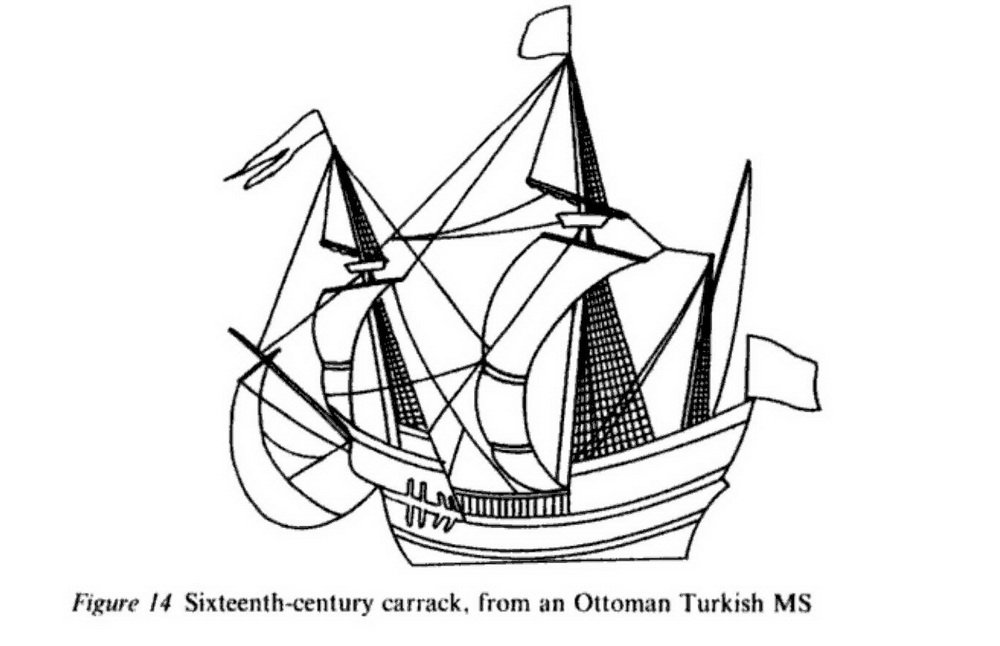
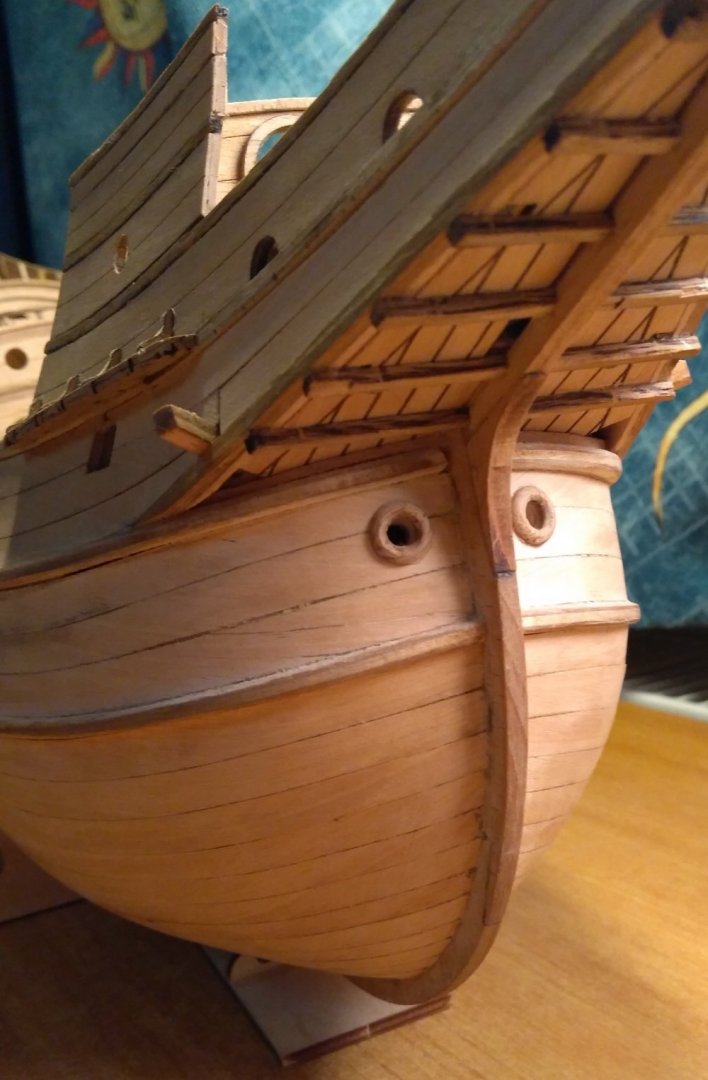
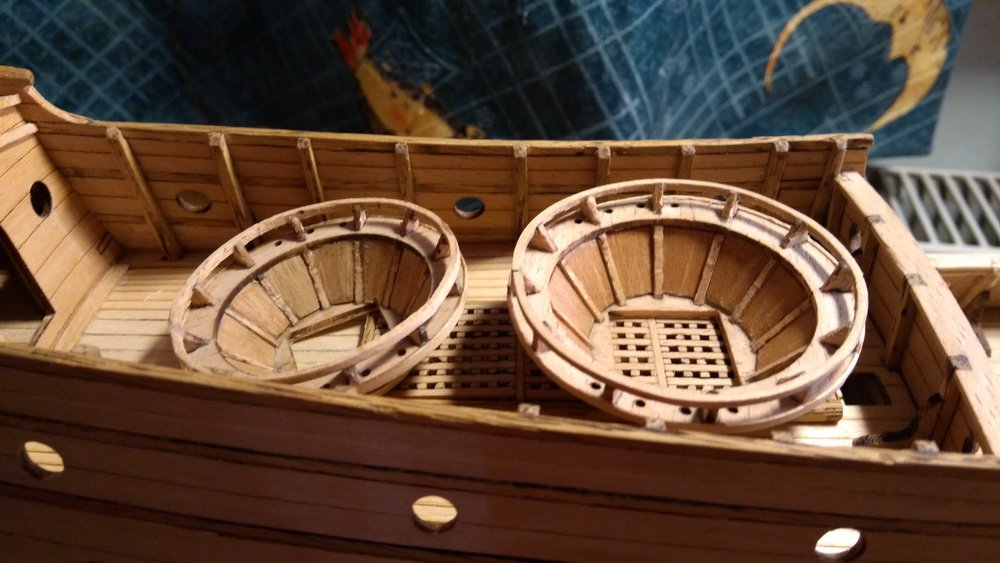
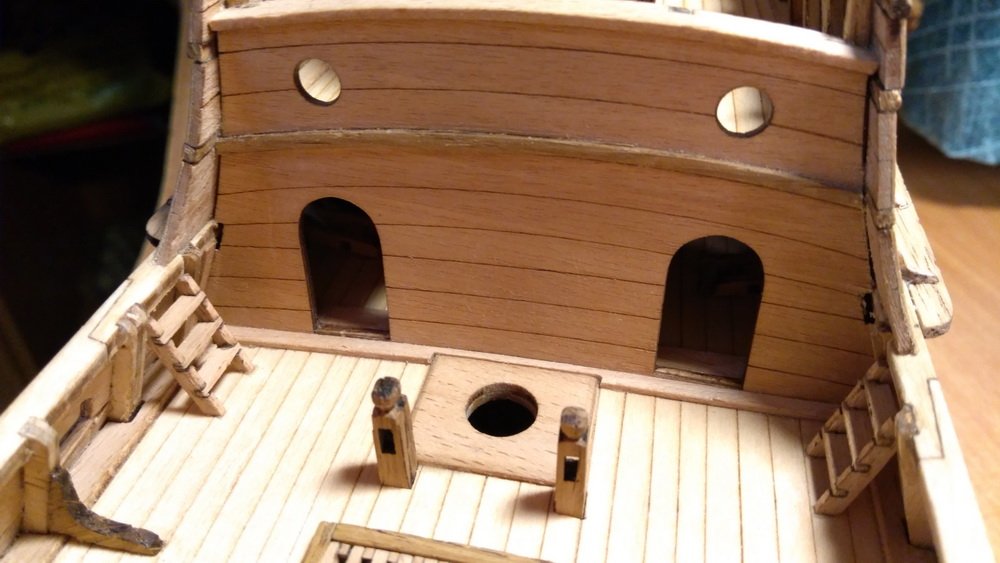

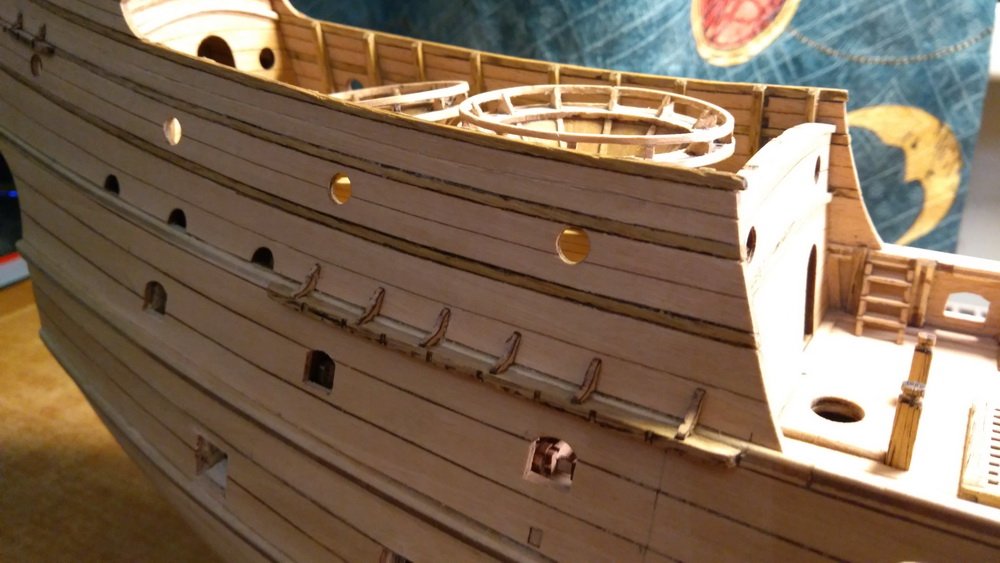


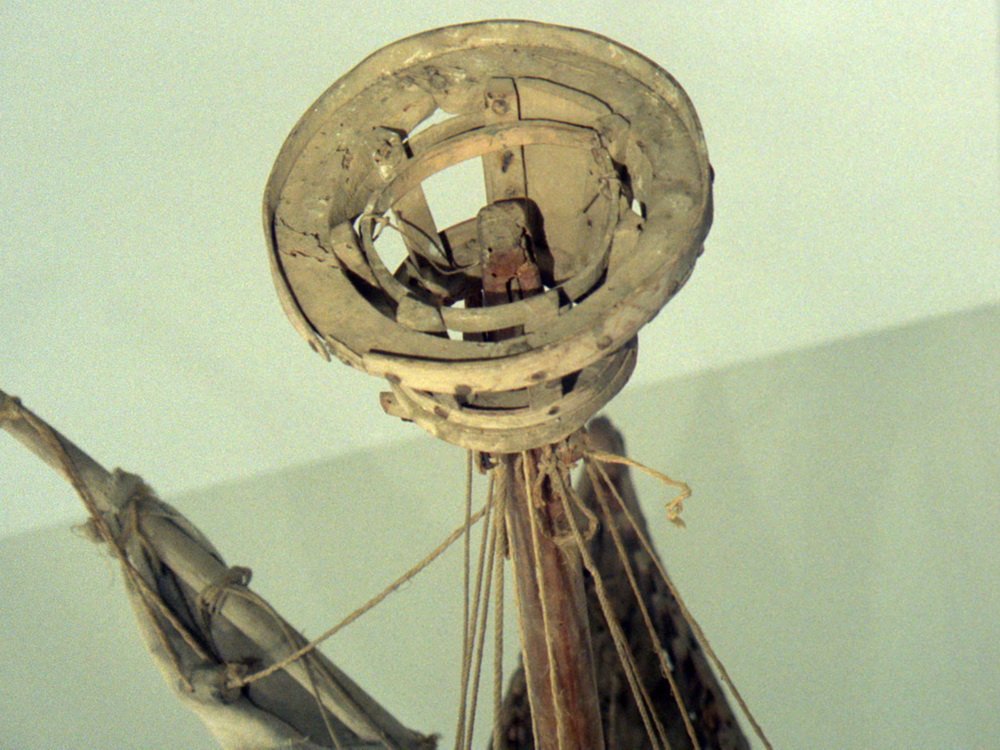

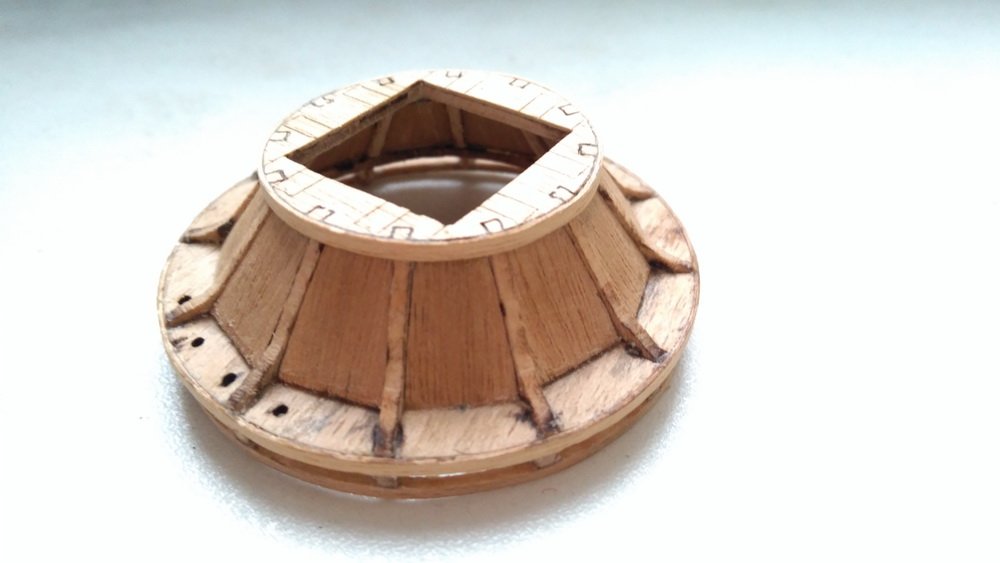
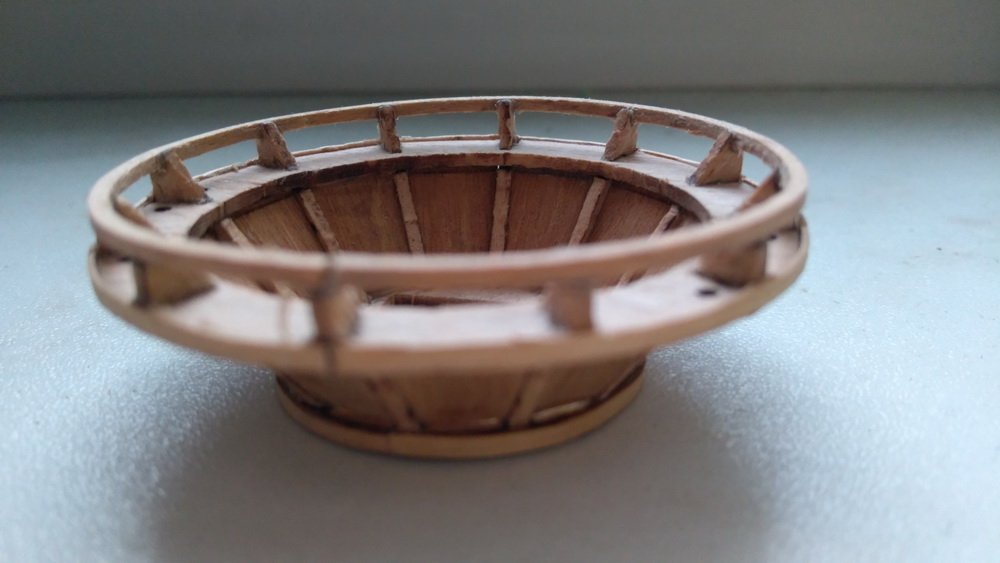
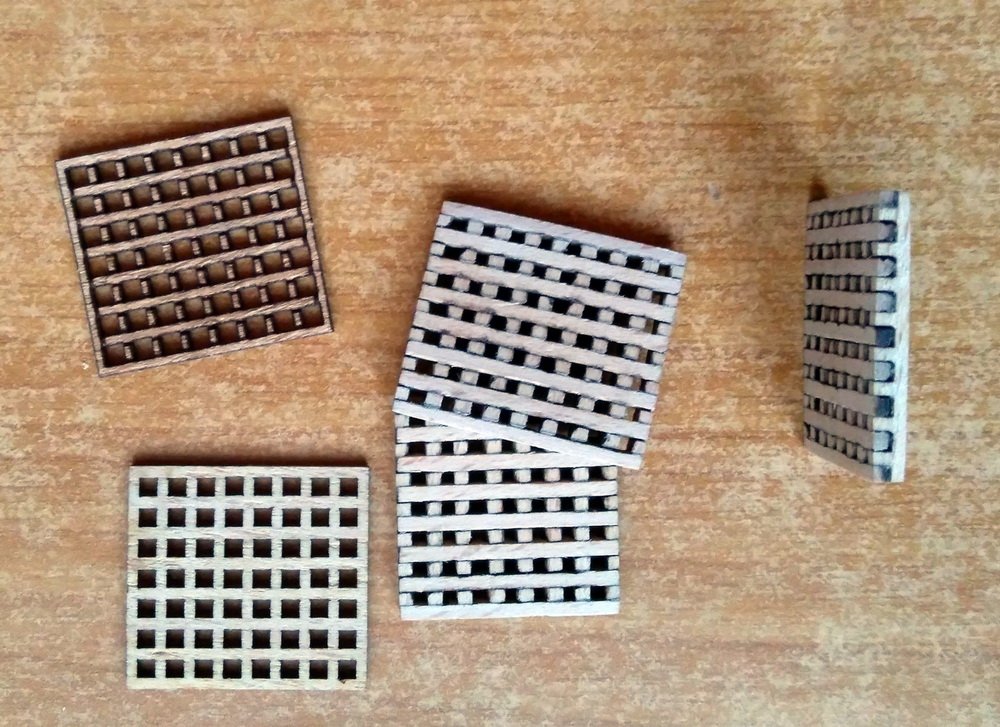
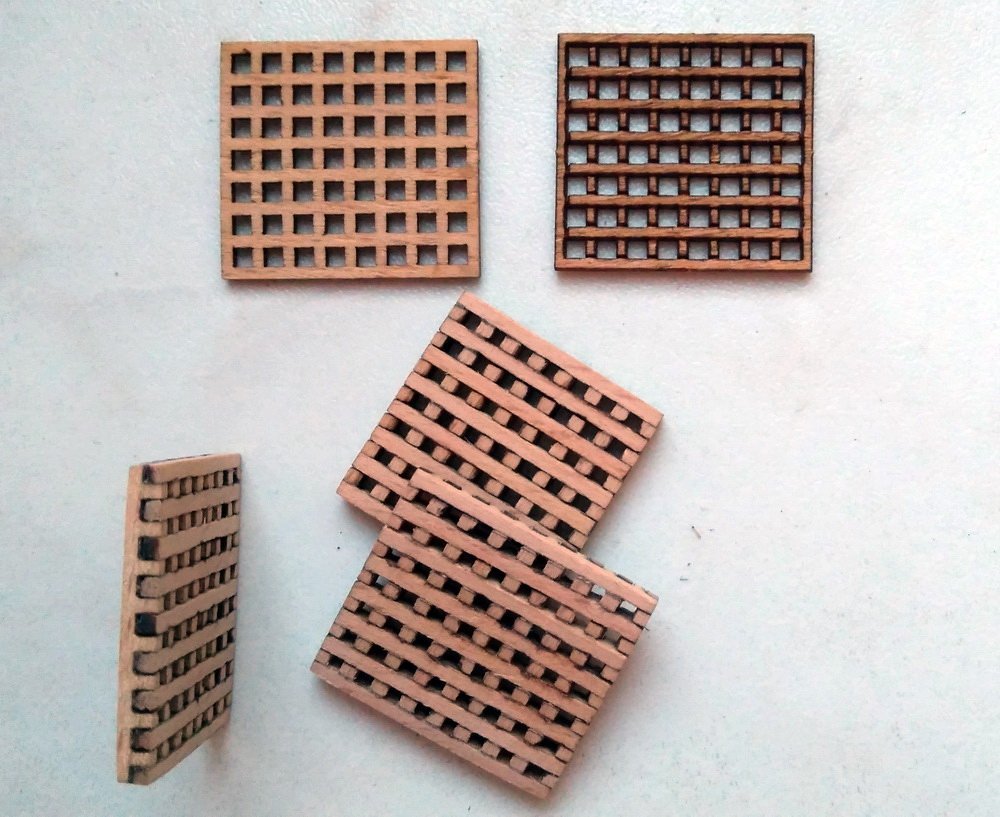
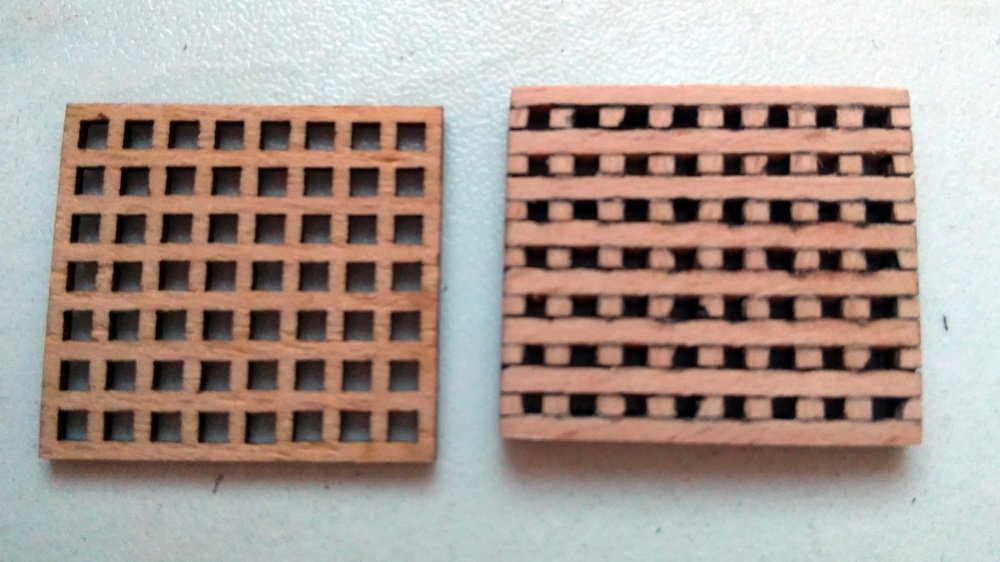
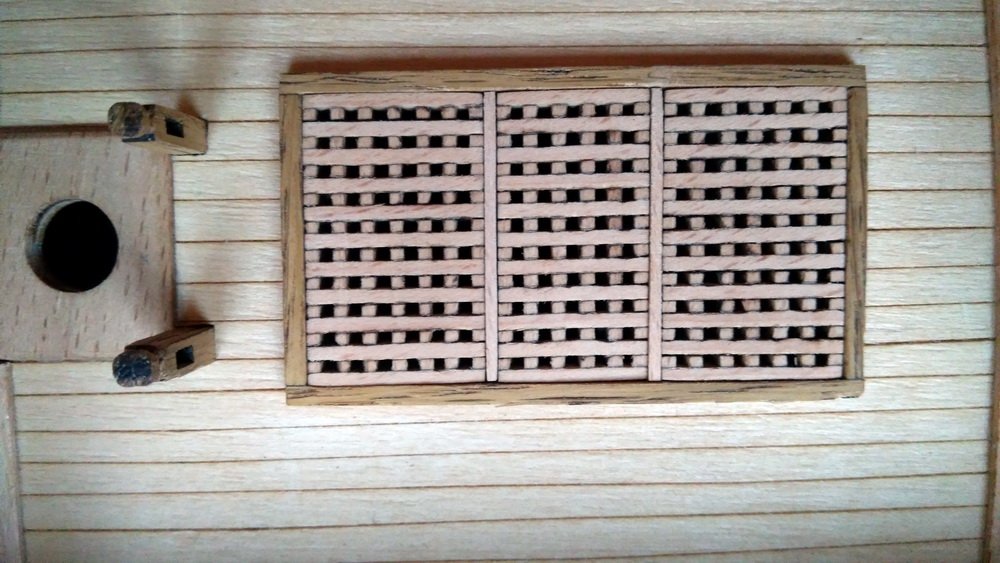
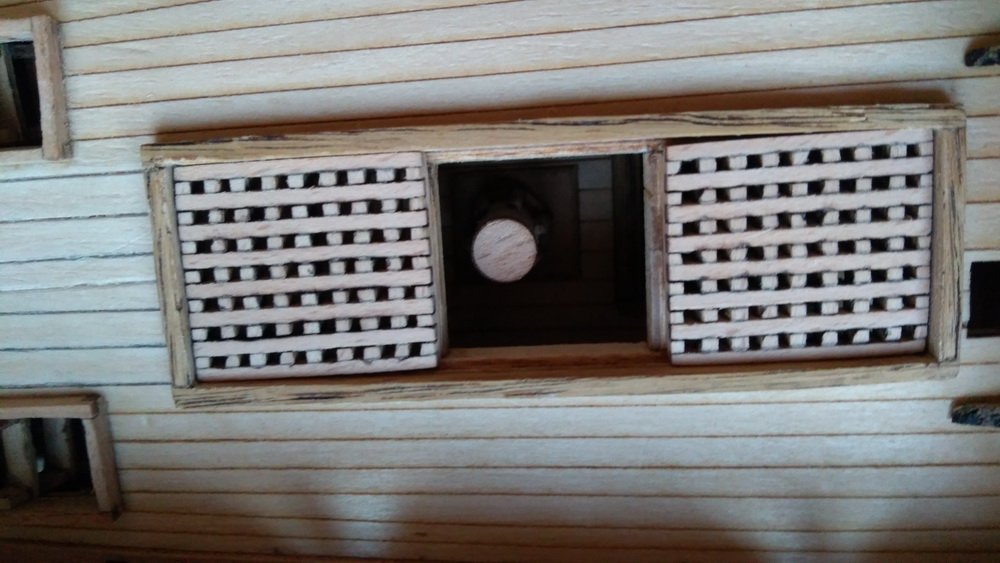
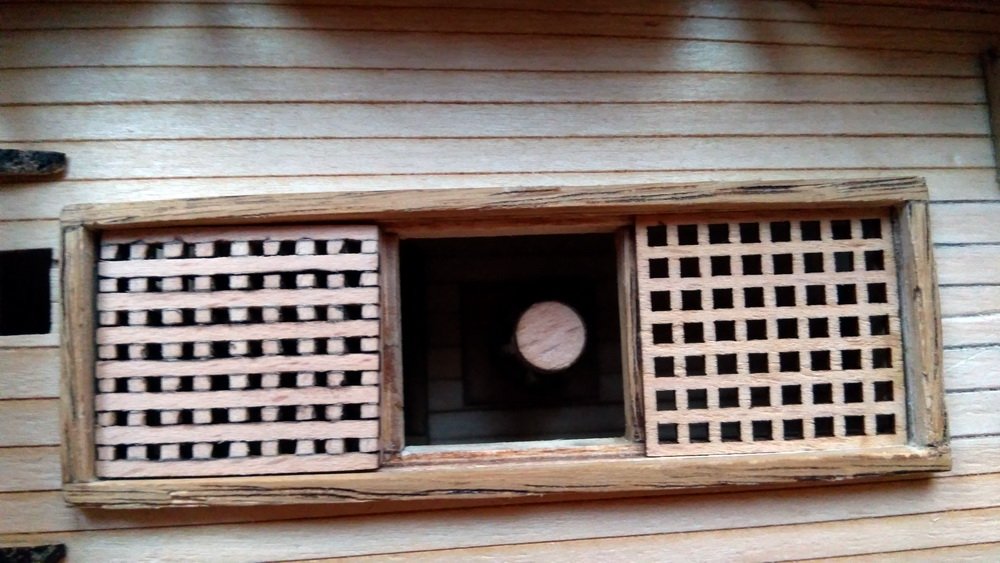
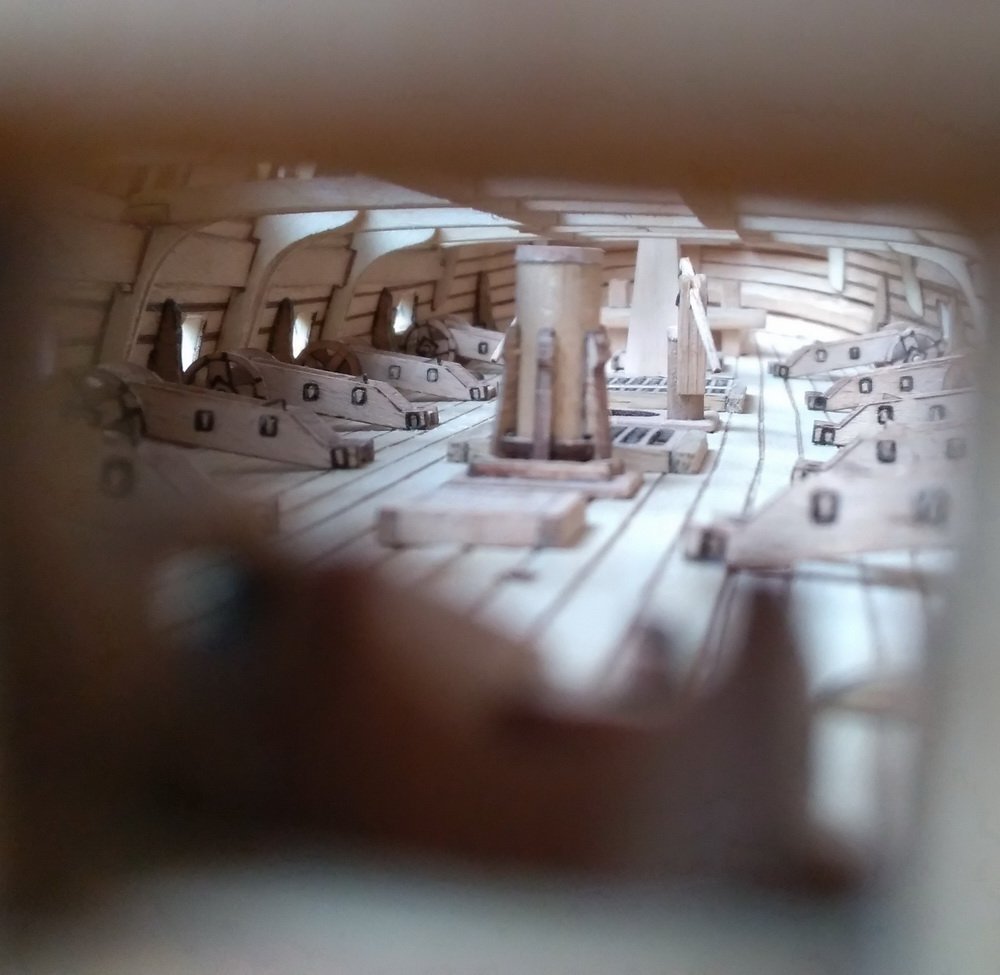
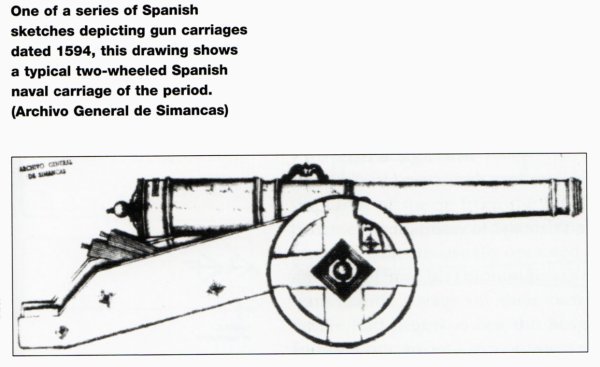
.jpg.aeee1d01bd416c218000e837d292c183.jpg)
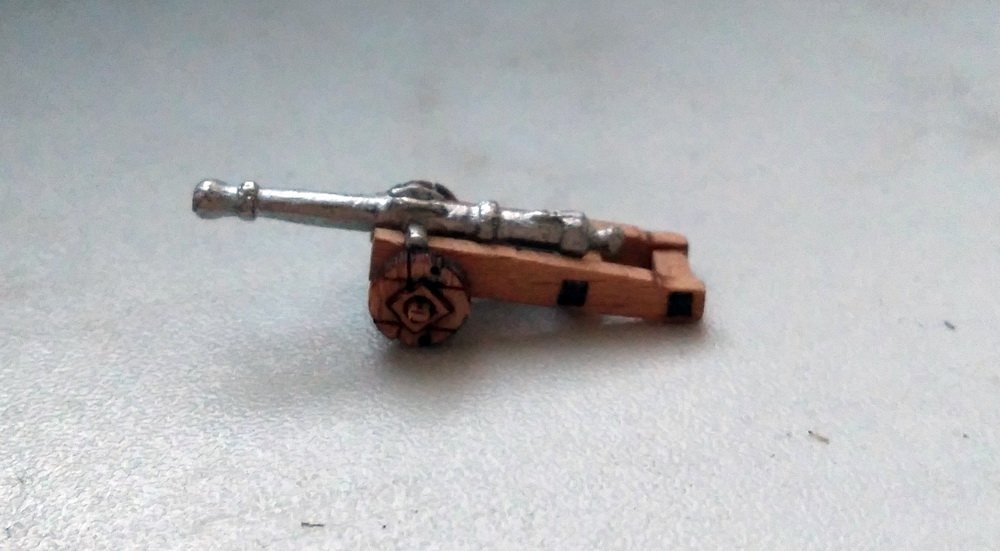
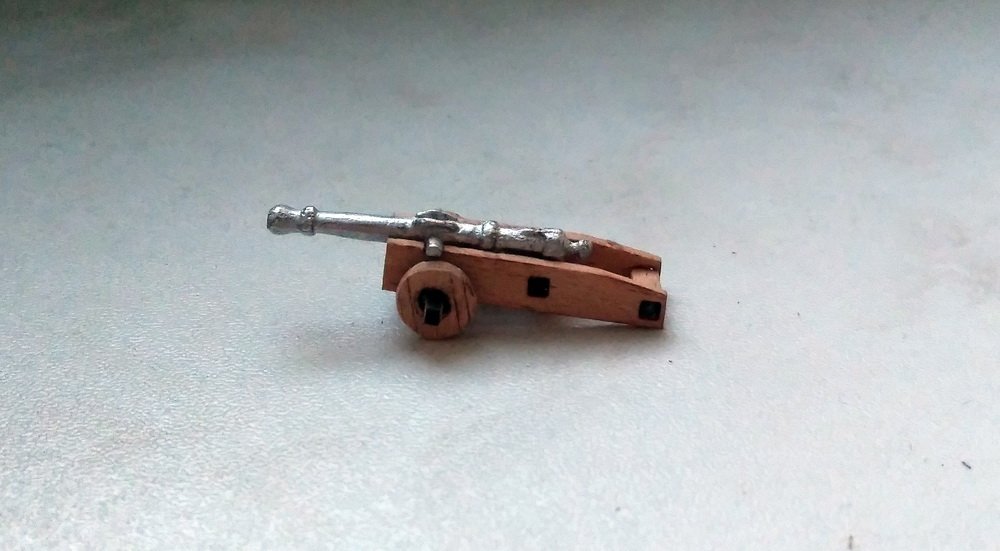
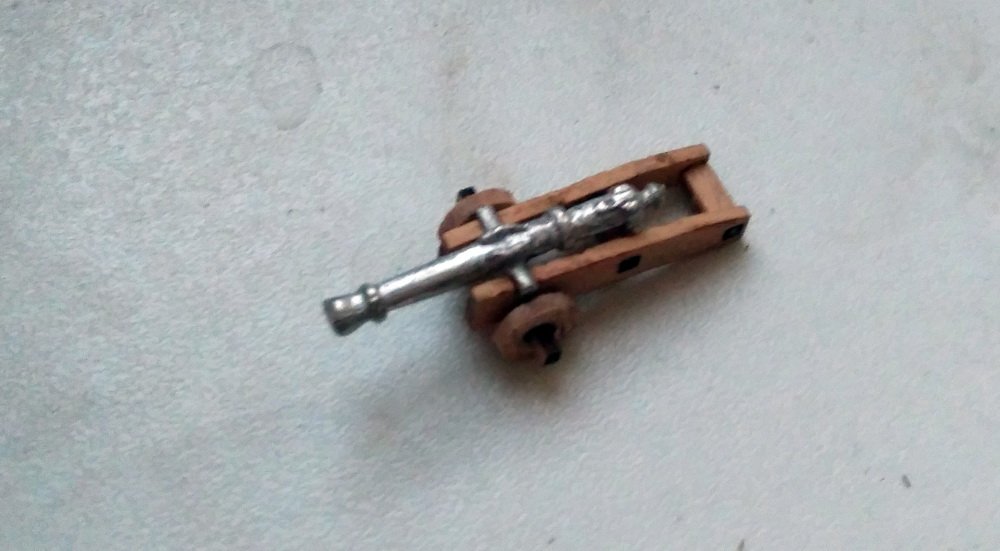
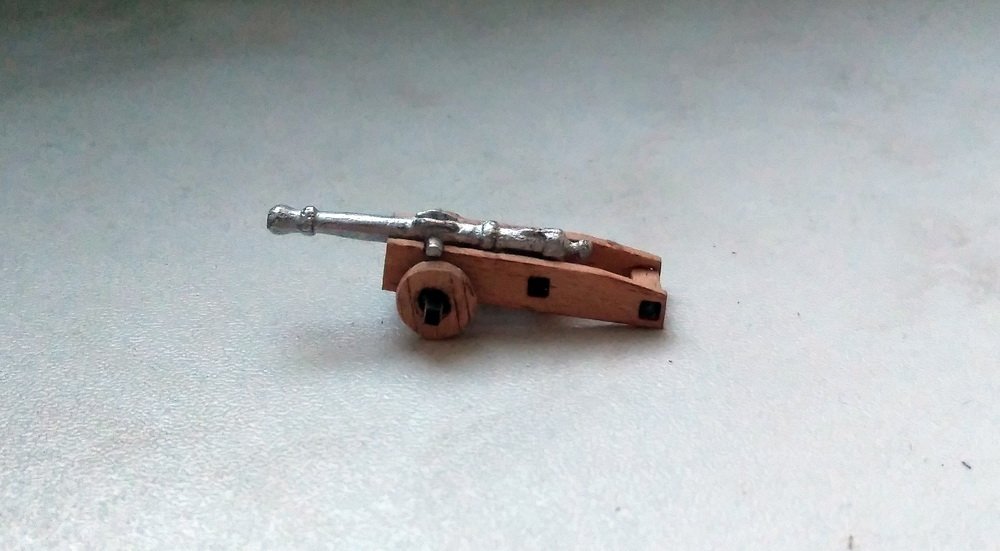
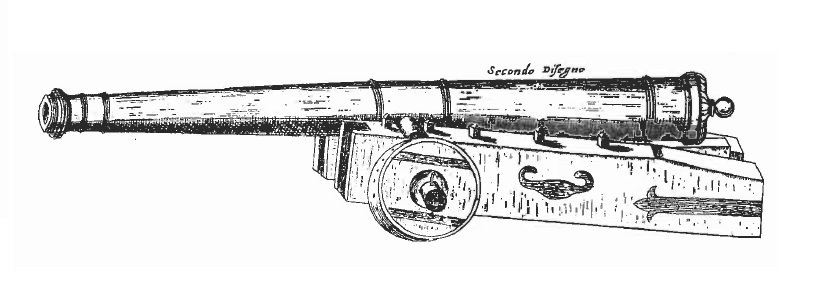
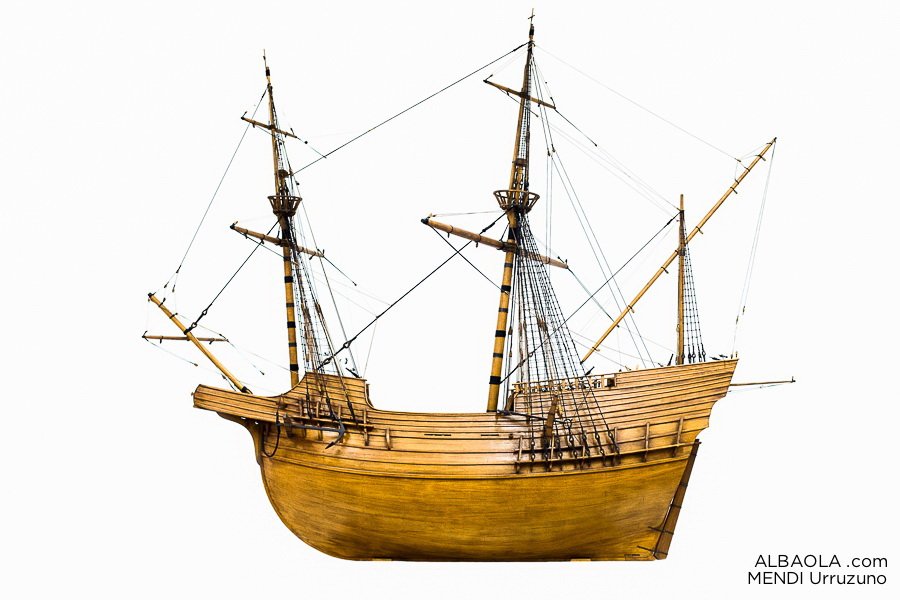
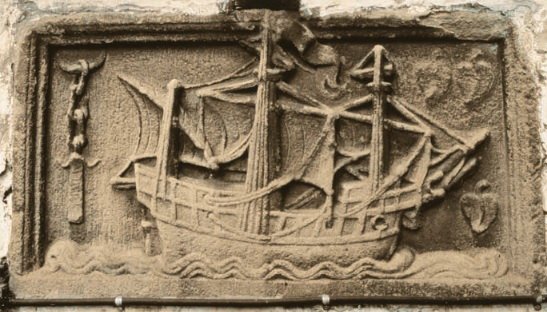
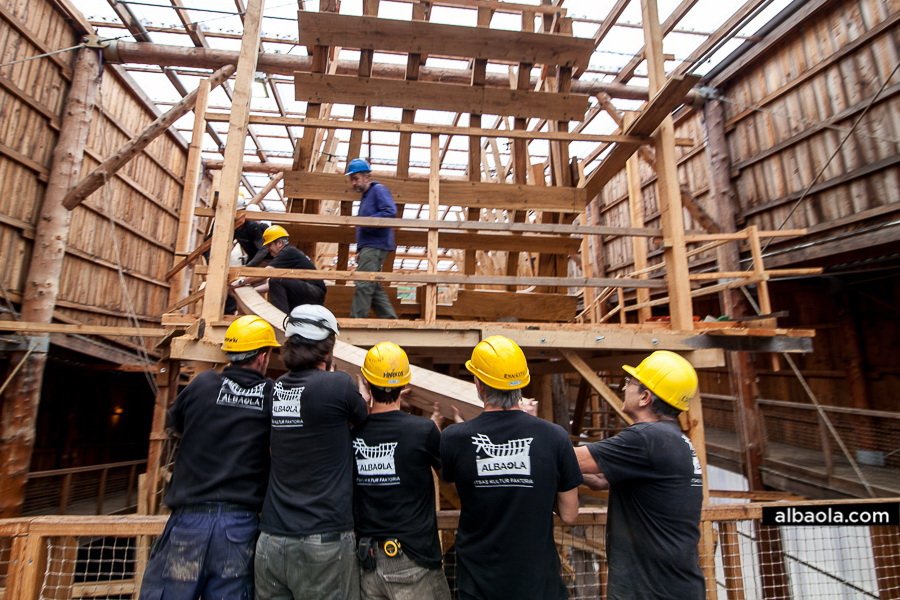
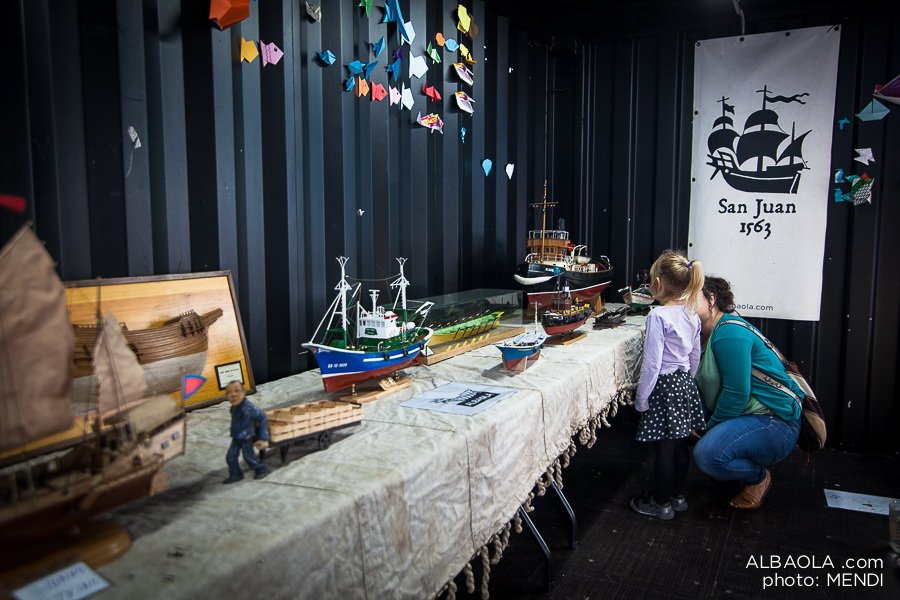

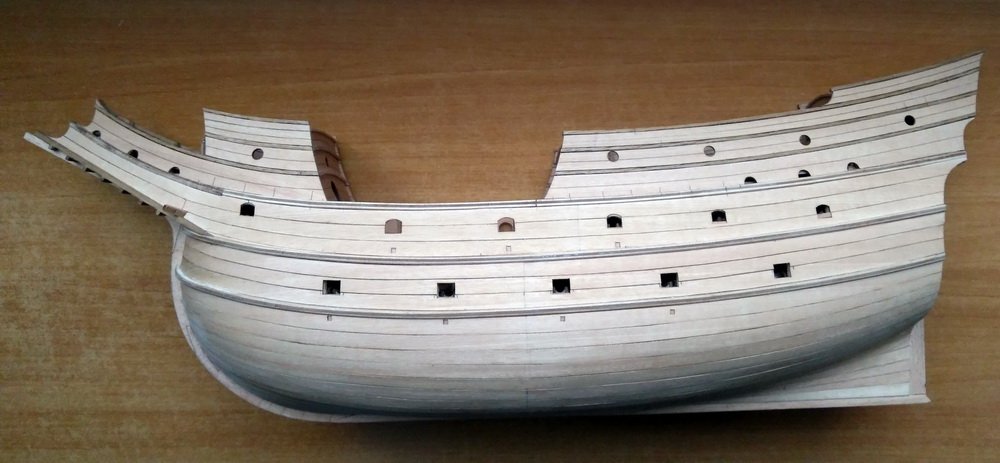

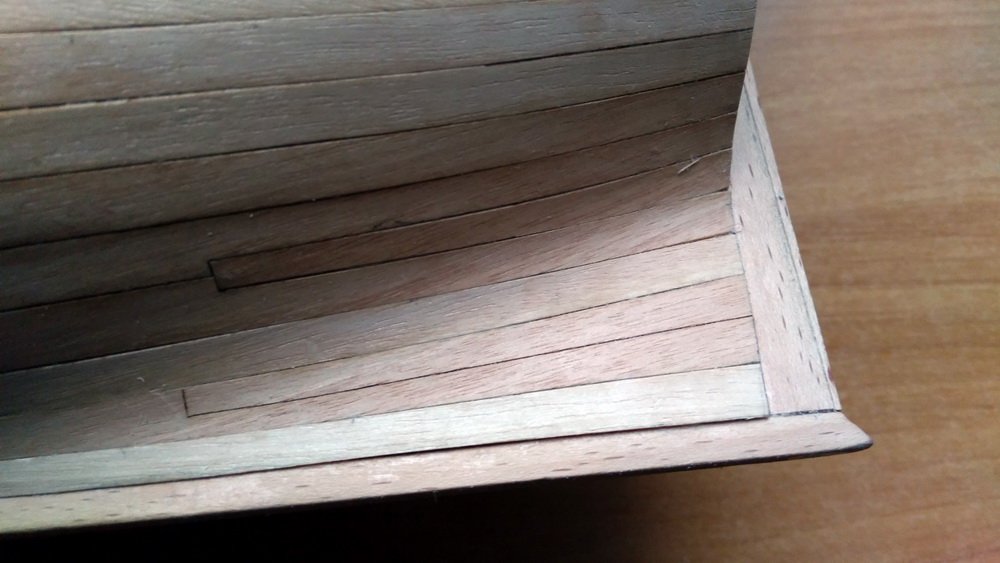

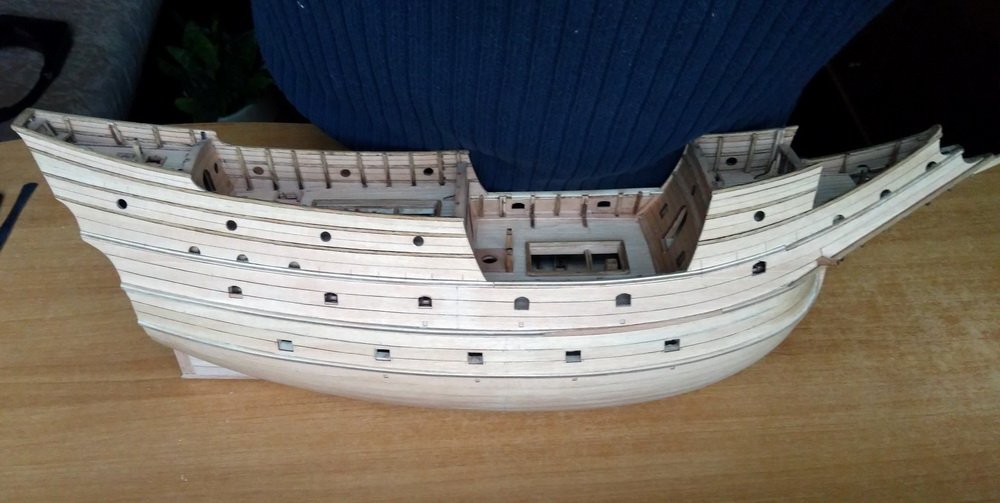
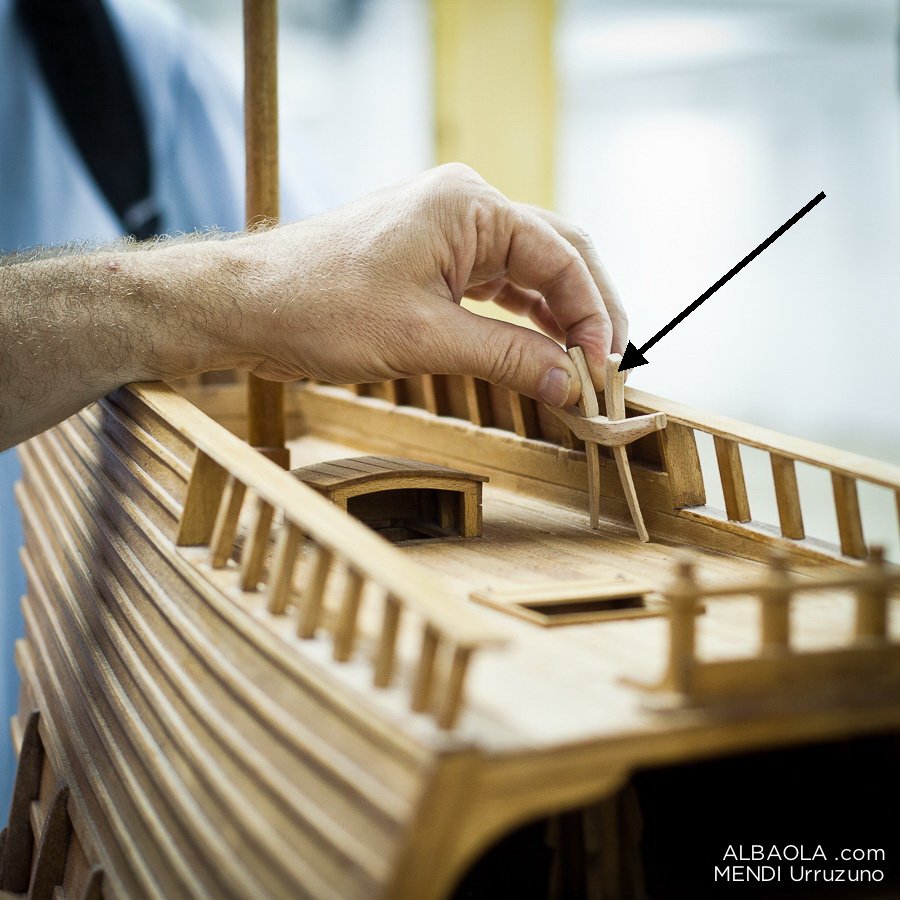
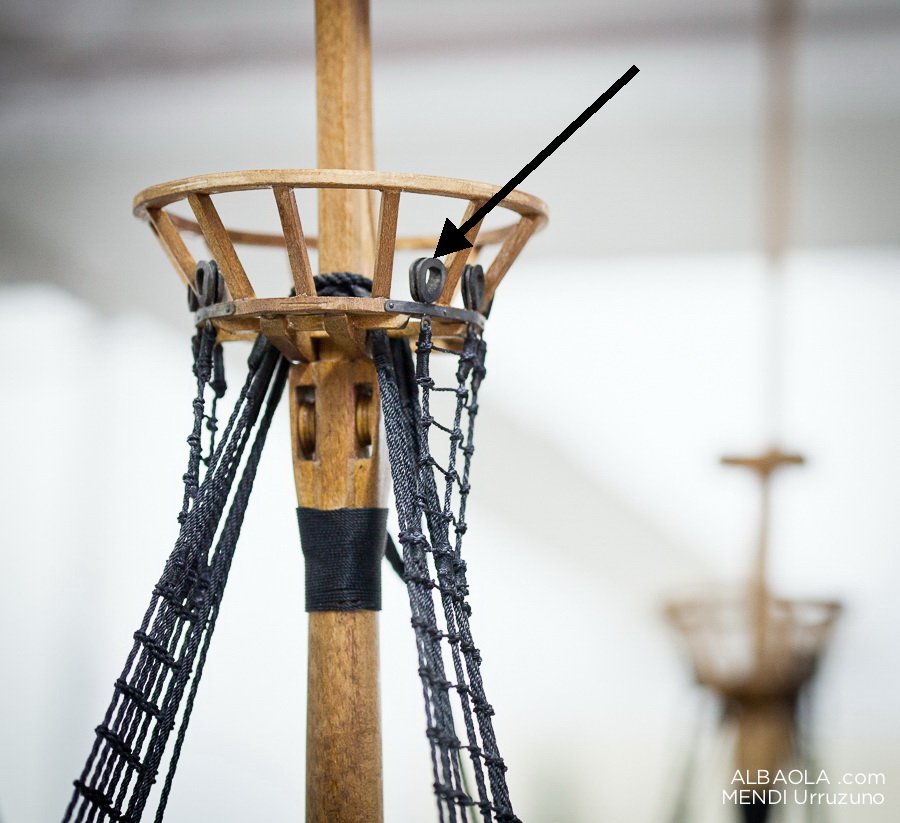
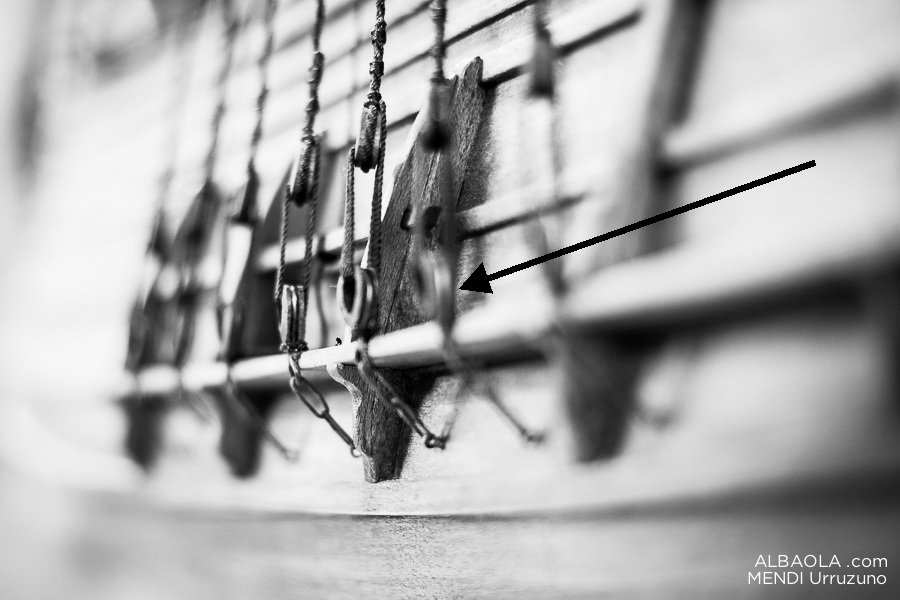


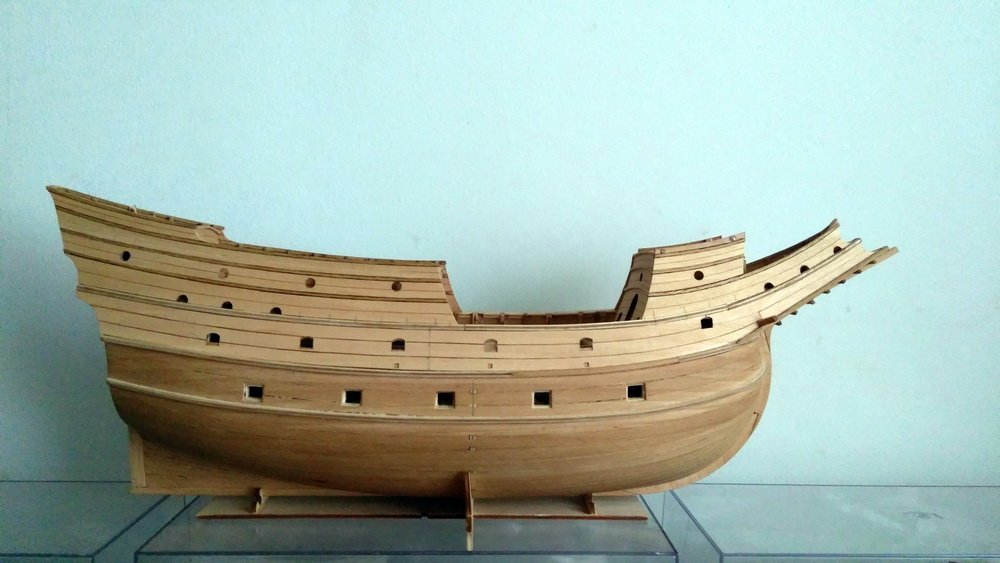
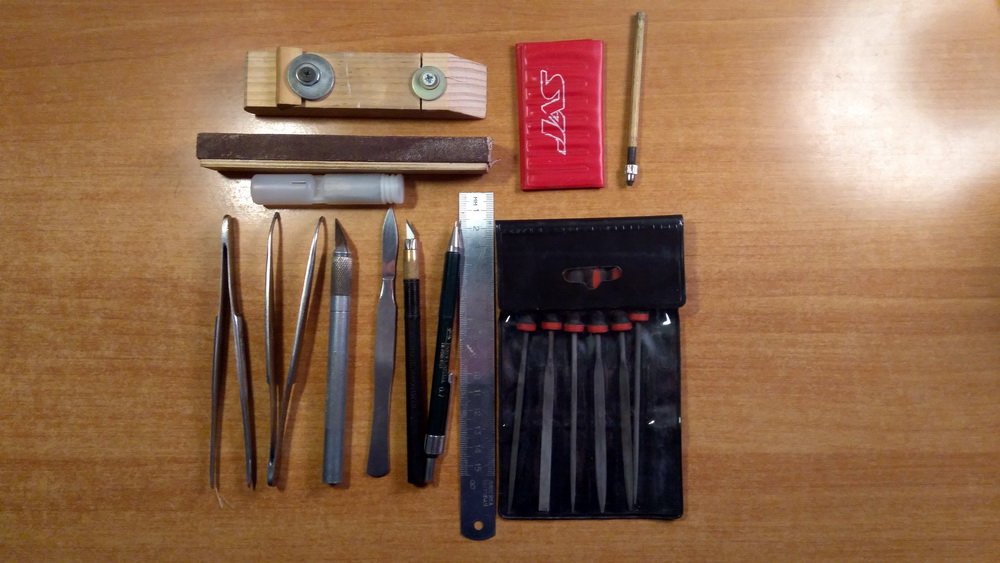
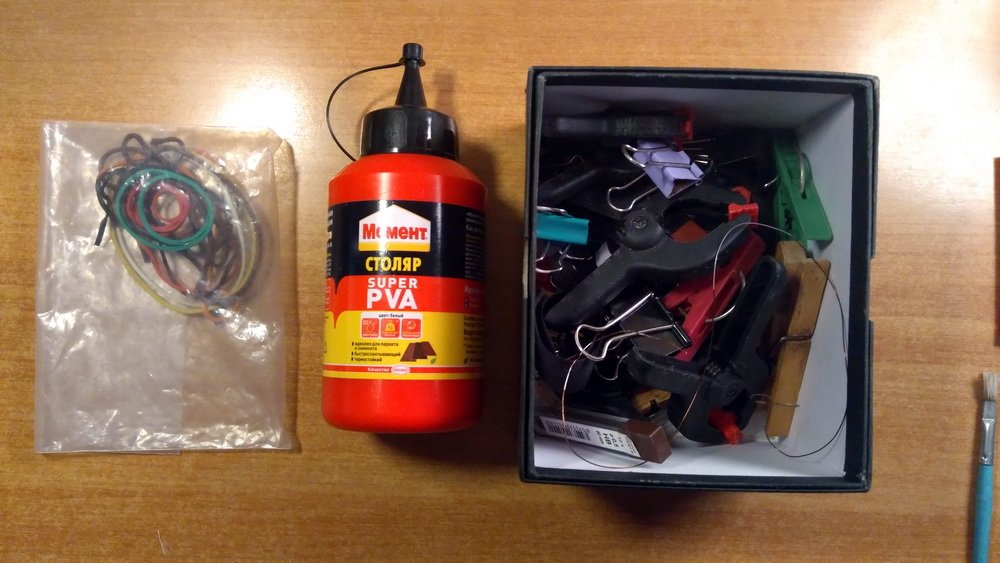
16th-Century Spanish galleon by Apxeos - 1:60 - from 3D project to ship model
in - Build logs for subjects built 1501 - 1750
Posted
A year has passed. Had been ill with COVID-19, went to work.
Now I can tackle the galleon model again.
As a result of the assembly of the first hull, I modified and strengthened the structure, and did something anew.
Now I am assembling the second building in which all these changes have been taken into account.
Precision build priorities, so a lot of minor tweaks.
I will use the first hull to choose the color of the galleon.
The final stage will be the assembly of the third, test hull.
Photo at the stage of correction of the primary skin.